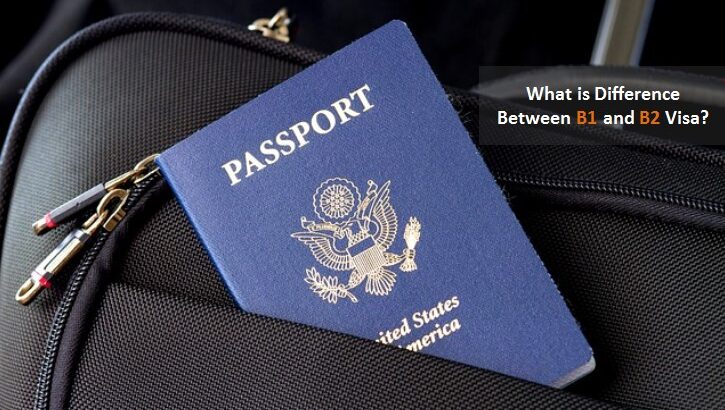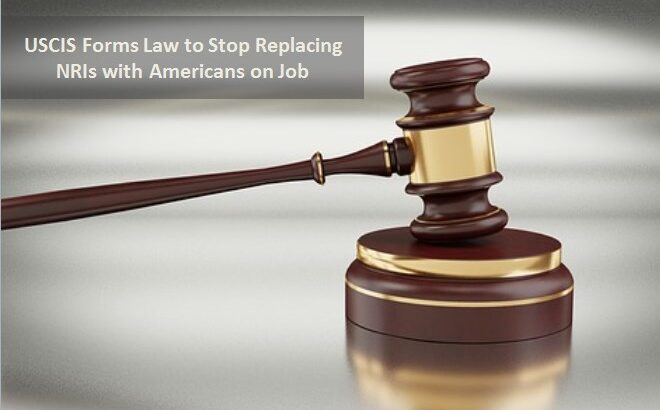You can get green card of the USA, if your spouse is its citizen. You will naturally be eligible to file petition for getting this card through marriage.
But, you have to present evidence and concrete facts of your intentions. The consular officers scan your intentions during the visa interview. If they conclude them deceitful, your visa application could be rejected.
Read More














